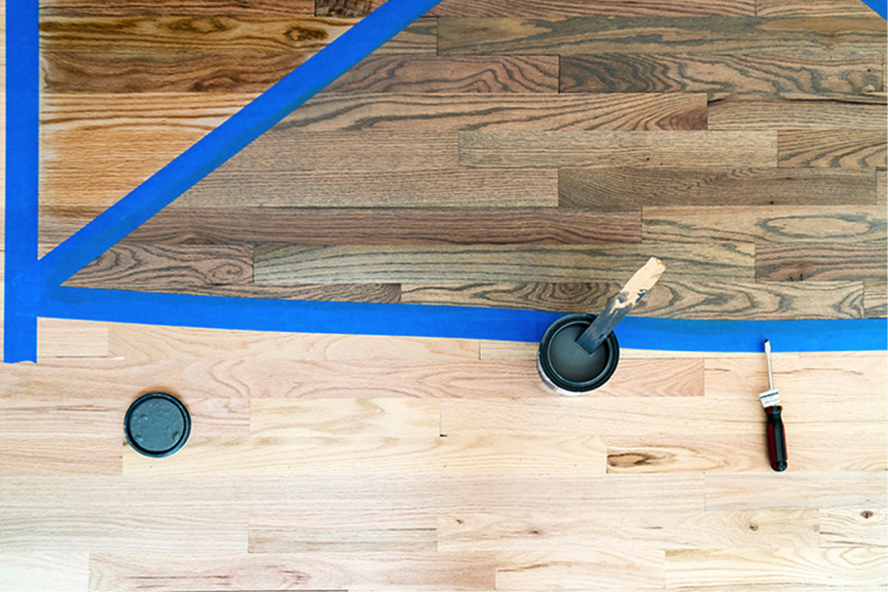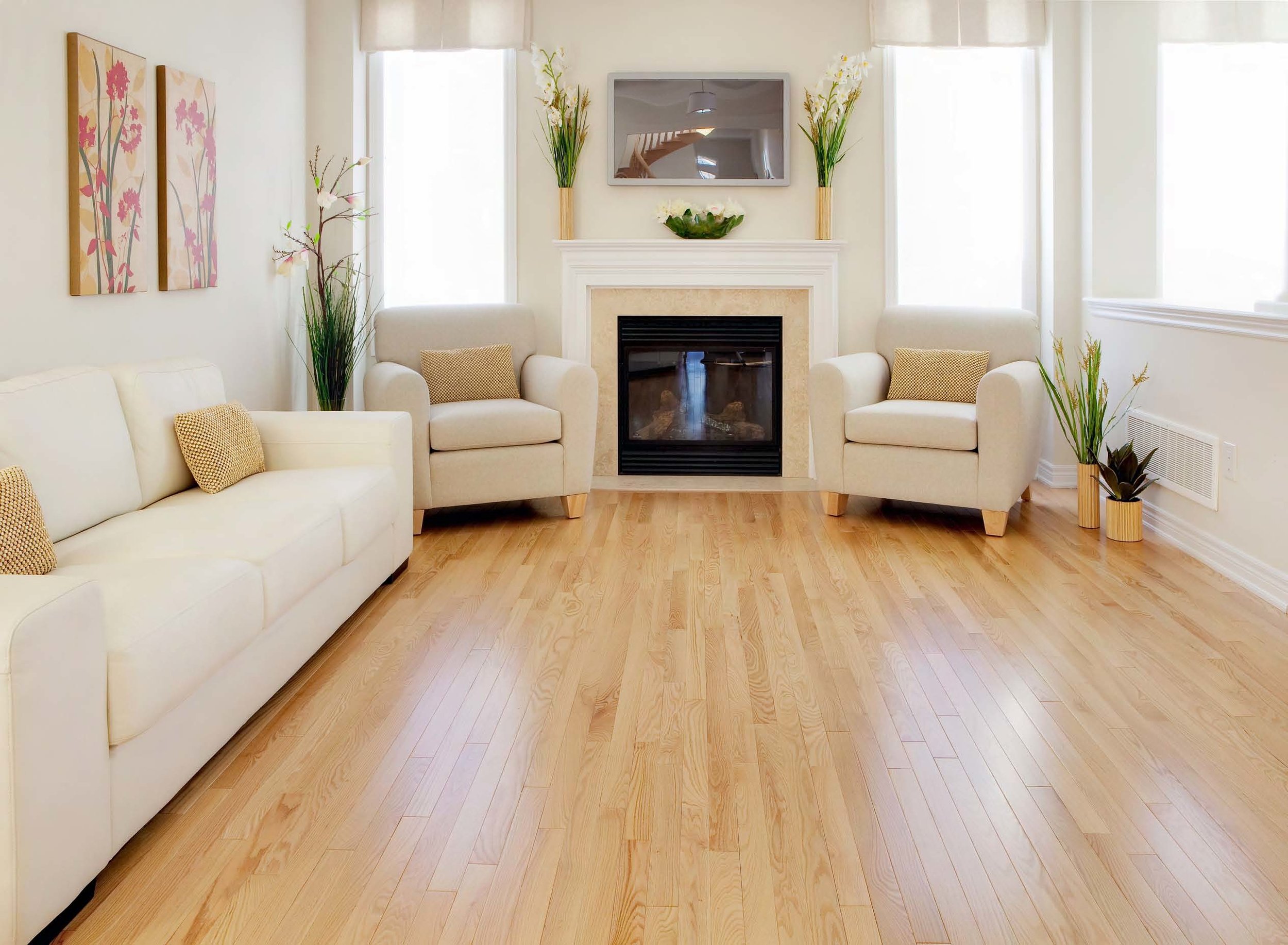Why Choose Natural Wood Stains
Natural wood stains highlight a floor’s inherent character while providing subtle color enhancement. These stains penetrate the wood grain rather than sitting on top like paint, allowing the organic texture to remain visible. Made from plant-based oils, waxes, and pigments, they’re more eco-friendly than synthetic alternatives. Natural stains work with the wood’s existing tones rather than masking them, creating harmonious results. They’re ideal for homeowners seeking to maintain wood’s authentic appearance while adding light color modulation. Many natural stains contain nourishing oils that protect wood fibers from within.
Popular Natural Stain Options
Beeswax-and-oil blends offer warm, translucent finishes that deepen over time. Walnut husk stains produce rich brown tones without artificial dyes. Linseed oil-based stains enhance grain patterns while providing water resistance. Clay-based stains create earthy, matte finishes perfect for rustic decor. Citrus solvent stains release fewer fumes during application than petroleum-based products. Whitewashed effects can be achieved with natural lime formulations. Some stains incorporate pine resin or citrus oils for pleasant aromas. Each option affects wood differently, so test samples on spare flooring pieces first.
Application Techniques for Best Results
Proper preparation ensures natural stains absorb evenly across the wood surface. Sand floors progressively from coarse to fine grit (typically 80-120 grit) for uniform penetration. Remove all dust with tack cloths before application. Stir stains thoroughly to distribute pigments that may settle. Apply with natural bristle brushes along the grain direction. Wipe excess stain after 5-10 minutes to prevent blotchiness. Multiple thin coats build richer color gradually. Allow proper drying time between coats—often 24 hours for oil-based formulas. Finish with natural wax or hardening oil for protection.
Maintenance of Naturally Stained Floors
Naturally stained floors require specific care to preserve their appearance. Use pH-neutral cleaners formulated for oil-finished wood. Reapply protective wax or oil finishes annually in high-traffic areas. Immediately wipe spills to prevent staining, as natural finishes offer less chemical resistance than polyurethane. Place protective pads under furniture legs to minimize scratches. Rotate area rugs periodically to ensure even aging of the stained surface. Unlike film-forming finishes, natural stains allow for easy spot repairs without noticeable transitions. Their matte appearance hides minor wear better than glossy finishes.
Environmental and Health Benefits
Natural wood stains significantly reduce indoor air pollution compared to conventional options. They contain no volatile organic compounds (VOCs) that off-gas harmful fumes. Plant-based ingredients are biodegradable and sustainably sourced. The stains work with wood’s natural breathability, reducing moisture trapping that can lead to warping. At the end of their lifespan, naturally stained floors don’t require chemical strippers for refinishing. Many natural stain manufacturers use recycled packaging and ethical production methods. For allergy sufferers, these stains eliminate synthetic irritants found in traditional floor finishes.
Images Related to Natural Wood Floor Stain
Natural Wood Floor Stain

Best Finish for the Most Natural-Looking White Oak Floors Mommy

How to Choose the Right Stain for Hardwood Floors

Natural red oak & Red oak hardwood floors, Red oak wood floors

Hardwood Floor Refinishing

Wood Floor Restoration: Natural Stain – My Floor Restore

natural water base red oak floors

DIFFERENT GRADES OF HARDWOOD FLOORING u2014 Valenti Flooring

Choosing Hardwood Floor Stains

Natural Red Oak – Boardwalk Hardwood Floors

Related articles: